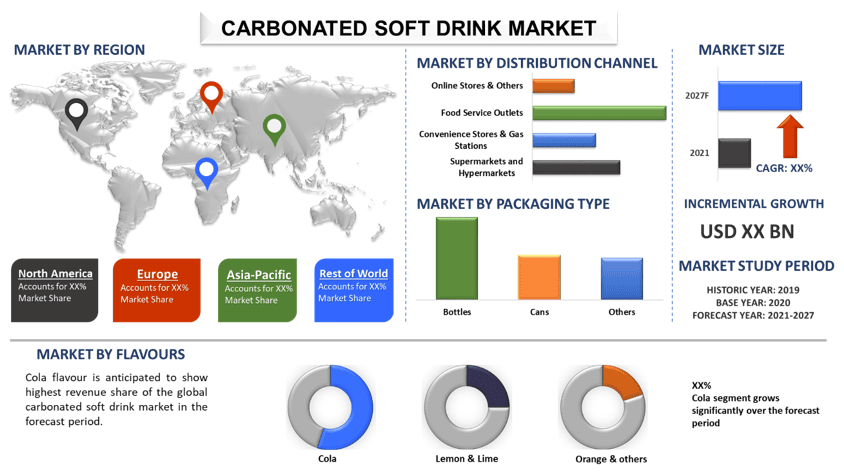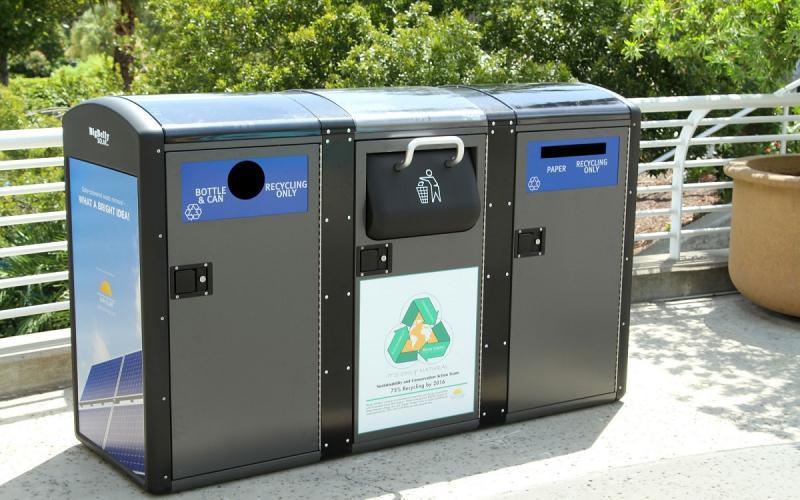How Grid-Connected PV Systems Work: A Complete Guide
What is a Grid Connected PV System?
A grid connected photovoltaic system is a solar power setup that generates electricity from sunlight and delivers it directly to the electrical grid or to on-site loads. Unlike standalone (off-grid) systems, grid-connected PV systems do not require battery storage, as the grid itself serves as a virtual battery.
According to a Grid Connected PV Systems Market report, the industry is expected to grow significantly in the coming years.
Key Components
-
Solar Panels (PV Modules):
-
Convert sunlight into direct current (DC) electricity.
-
Composed of many solar cells, typically made from silicon.
-
-
Inverter (String or Microinverter):
-
Converts DC electricity into alternating current (AC), which is compatible with the grid and household appliances.
-
String inverters handle several panels at once, while microinverters are attached to individual panels.
-
-
Metering System:
-
Net metering allows excess electricity to be fed back into the grid.
-
Measures both the electricity consumed and the electricity exported.
-
-
Electrical Panel (Distribution Board):
-
Manages power distribution between the solar system, the home or building, and the utility grid.
-
-
Utility Grid:
-
Provides electricity when the solar system doesn’t produce enough (e.g., at night or during cloudy weather).
-
Receives excess energy during peak solar production.
-
How the System Works (Step-by-Step)
-
Solar Energy Collection:
-
Solar panels absorb sunlight and generate DC electricity.
-
-
Conversion to AC Power:
-
The inverter converts DC to AC, making it usable for appliances and suitable for grid integration.
-
-
Power Usage and Distribution:
-
Electricity flows to on-site loads first.
-
Any excess electricity is exported to the grid.
-
-
Net Metering and Compensation:
-
A bi-directional meter tracks both consumed and exported electricity.
-
Users receive credits for the electricity sent to the grid, offsetting their electric bills.
-
Advantages of Grid-Connected PV Systems
-
⚡ Cost Savings: Reduces or eliminates electricity bills via net metering.
-
🌱 Environmentally Friendly: Reduces carbon footprint and greenhouse gas emissions.
-
🔋 No Need for Batteries: The grid provides backup, reducing upfront costs.
-
🔄 High Efficiency: Power is used immediately or exported with minimal energy loss.








